Do you have a question about the Gigabyte GA-H170-D3H and is the answer not in the manual?
Diagrams showing the physical layout of motherboard components and connectors.
Essential safety and handling procedures before installing hardware.
Lists the technical specifications of the motherboard components.
Step-by-step guide for safely installing the CPU.
Instructions for installing RAM modules correctly.
Procedure for installing add-on cards.
Identifies and explains the ports on the motherboard's rear panel.
Details the internal headers and connectors on the motherboard.
Displays the initial logo screen shown during computer boot.
Section for monitoring and adjusting system performance and frequencies.
Provides details on motherboard model, BIOS version, and system date/time.
Configures boot order, security, and system startup options.
Settings for onboard devices like audio, USB, and SATA controllers.
Options for configuring integrated chipset features like graphics and LAN.
Settings for system power states, wake-up events, and energy saving.
Options for saving BIOS changes, loading defaults, or exiting setup.
Guide on setting up RAID arrays using SATA or M.2 storage devices.
Instructions for installing motherboard drivers and software.
Details on environmental directives and responsible disposal of electronic waste.
Compliance statements for US FCC and Canadian IC regulations.
Information and link for technical and sales support.
| Non-ECC | Yes |
|---|---|
| Memory slots type | DIMM |
| Supported memory types | DDR4-SDRAM |
| Maximum internal memory | 64 GB |
| Supported memory clock speeds | 2133 MHz |
| Processor socket | LGA 1151 (Socket H4) |
| Processor manufacturer | Intel |
| Compatible processor series | Intel Celeron, Intel Pentium |
| USB 2.0 connectors | 2 |
| Thunderbolt headers | 1 |
| Number of SATA III connectors | 6 |
| USB 3.2 Gen 2 (3.1 Gen 2) connectors | 0 |
| RAID levels | 0, 1, 5, 10 |
| Supported storage drive interfaces | M.2, SATA III |
| BIOS type | UEFI AMI |
| BIOS memory size | 16 Mbit |
| USB 2.0 ports quantity | USB 2.0 ports have a data transmission speed of 480 Mbps, and are backwards compatible with USB 1.1 ports. You can connect all kinds of peripheral devices to them. |
| USB 3.2 Gen 1 (3.1 Gen 1) Type-A ports quantity | 4 |
| Component for | PC |
| Motherboard chipset | Intel® H170 |
| Audio output channels | 7.1 channels |
| Motherboard form factor | ATX |
| Windows operating systems supported | Windows 10 Education, Windows 10 Education x64, Windows 10 Enterprise, Windows 10 Enterprise x64, Windows 10 Home, Windows 10 Home x64, Windows 10 Pro, Windows 10 Pro x64, Windows 7 Enterprise, Windows 7 Enterprise x64, Windows 7 Home Basic, Windows 7 Home Basic x64, Windows 7 Home Premium, Windows 7 Home Premium x64, Windows 7 Professional, Windows 7 Professional x64, Windows 7 Starter, Windows 7 Starter x64, Windows 7 Ultimate, Windows 7 Ultimate x64, Windows 8, Windows 8 Enterprise, Windows 8 Enterprise x64, Windows 8 Pro, Windows 8 Pro x64, Windows 8 x64, Windows 8.1, Windows 8.1 Enterprise, Windows 8.1 Enterprise x64, Windows 8.1 Pro, Windows 8.1 Pro x64, Windows 8.1 x64 |
| Depth | 214 mm |
|---|---|
| Width | 305 mm |
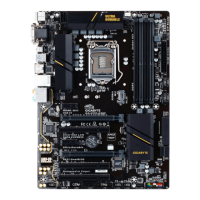
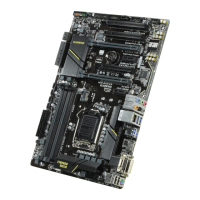
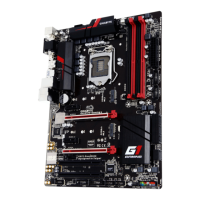
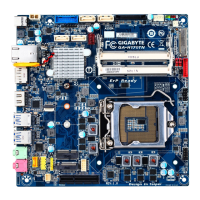
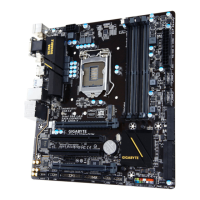
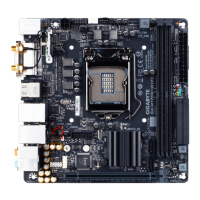
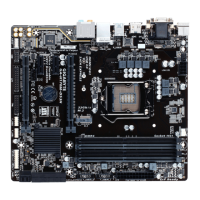
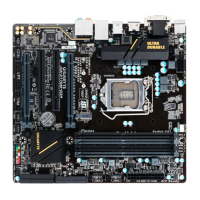
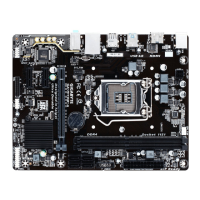

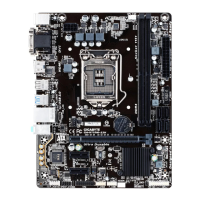
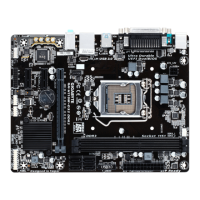
